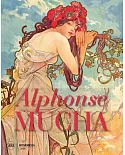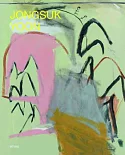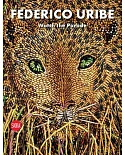Ninth century Japan saw the arrival of a new form of Buddhism, Mikkyo. It brought a different form of art and ritual, particularly in representations of gods and meditative interaction with the
Mandela. Bogel (Japanese art, University of Washington) gives readers more than a description of new artistic forms. She provides a synthesis of how Mikkyo was received within Japanese culture
detailing the sacred spaces, the two and three-dimensional forms, even the workshops that created them. But much more than that, Bogel enters into the religious, emotional reactions of the
participants in Mikkyo. The tenets of the sect are not simply a background to explain the symbolism of the art; they are intertwined with it. By combining art, theology, history and ethnology
along with many beautiful images, Bogel brings the contemporary reader closer to the experience of Mikkyo in ancient Japan. Annotation 穢2010 Book News, Inc., Portland, OR (booknews.com)





















